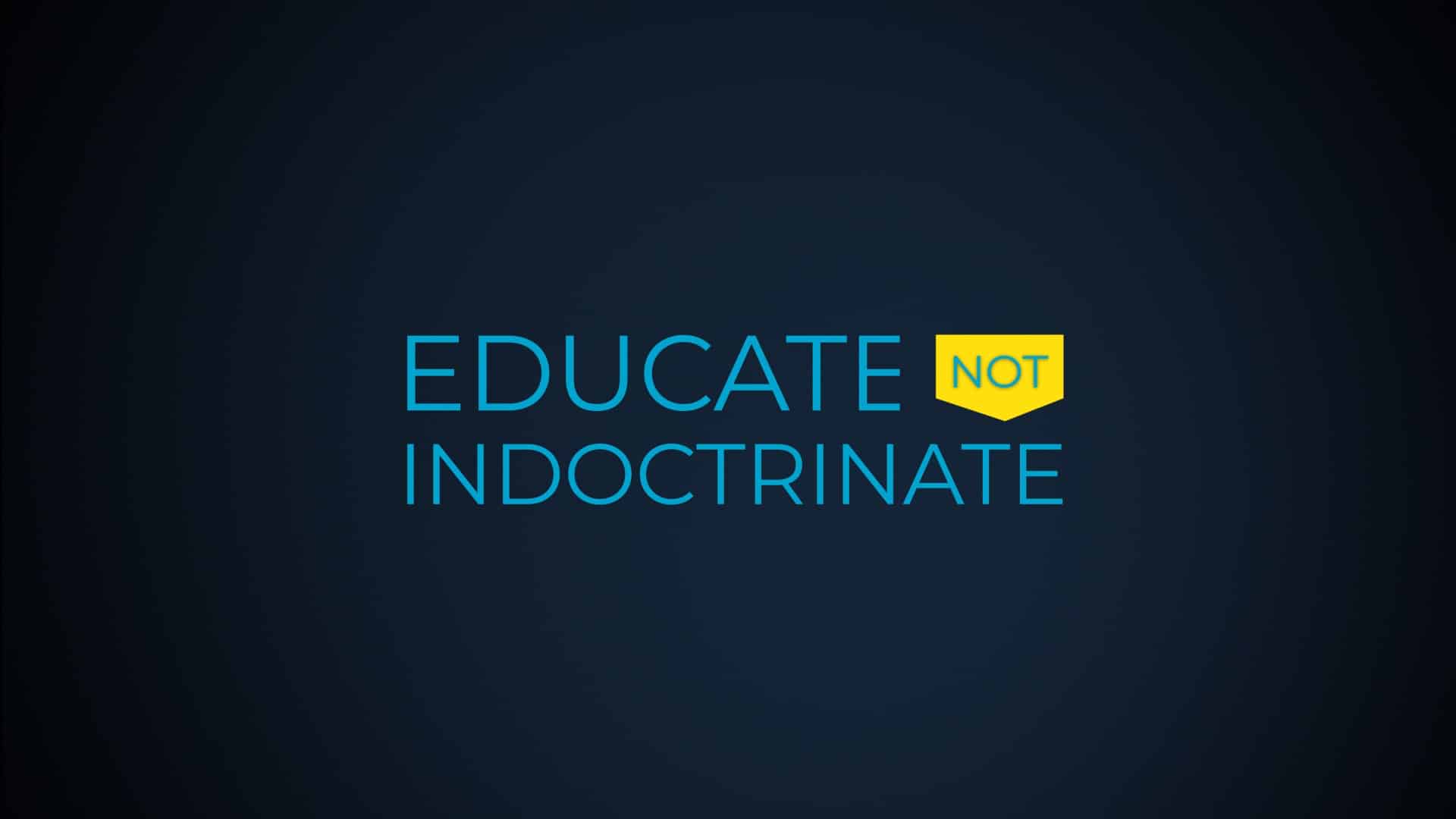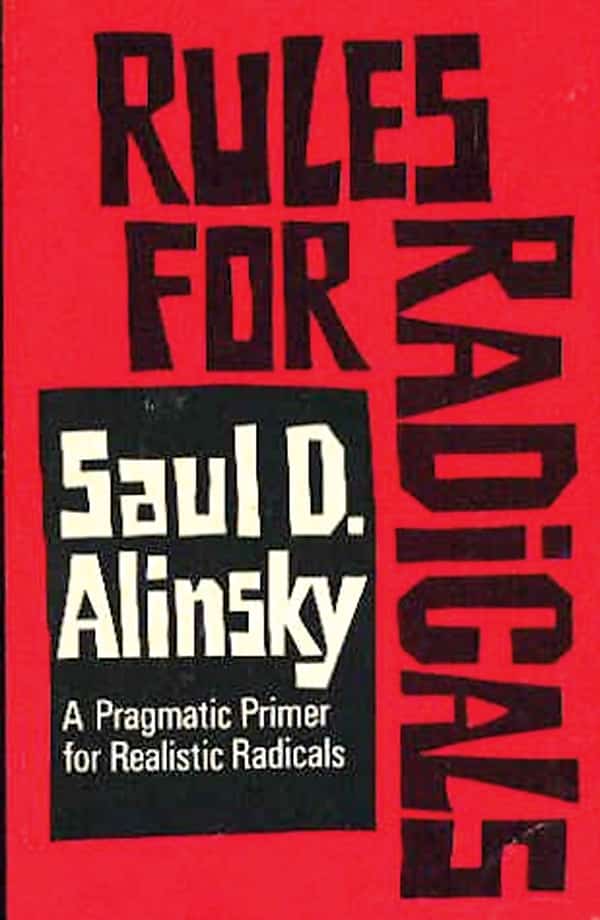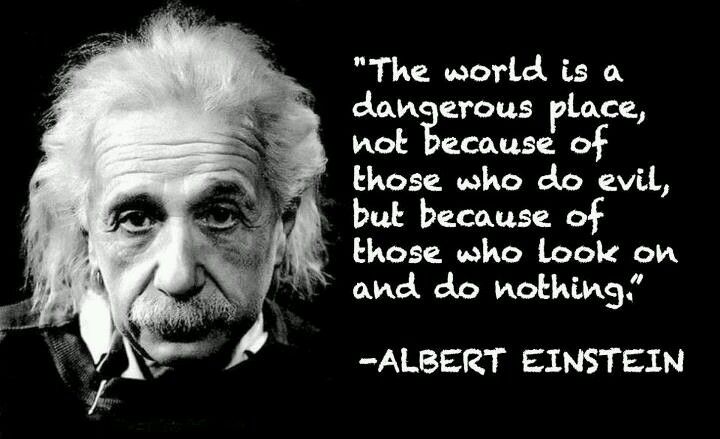Critical Race Theory (CRT) was pioneered in the 1970s and 80s and refined as the decades have passed. The theory posits that racial inequality is a baked-in feature of American institutions, which benefits what author Isabelle Wilkerson calls “the dominant caste,” i.e. white people. Proponents of CRT claim that it offers a valuable way of looking at the reasons for widespread racial inequality.
Law professor Kimberlé Crenshaw, who teaches at UCLA and Columbia law schools, helped pioneer the theory. “It’s an approach to grappling with a history of white supremacy that rejects the belief that what’s in the past is in the past, and that the laws and systems that grow from that past are detached from it,” Crenshaw recently told CNN.
“Our founding ideals of liberty and equality were false when they were written,” wrote Nikole Hannah-Jones in her introduction to the 1619 Project. “Black Americans fought to make them true.” The 1619 Project contained what some historians declared were factual inaccuracies — including an exaggeration of the role that protecting slavery played in the Revolutionary War. Even Hannah-Jones eventually claimed the multi-part series was missing “important context.”
The teaching of CRT in schools has become a cultural battle as our public schools are rapidly becoming indoctrination farms, more in some states than others and Oregon is at the forefront of this movement. Christopher Rufo spent months researching the new curriculum in three Portland-area school districts. He found that the schools have self-consciously adopted the “pedagogy of the oppressed” as their theoretical orientation, activated through a curriculum of Critical Race Theory, and enforced through the appointment of de facto political officers within individual schools, generally under the cover of “equity and social-justice” programming. In short, they have begun to replace education with activism. He wrote an article for City Journal about what he learned.

The activism of CRT is also being included at the federal level. Congress has allocated nearly $200 billion in Covid-19 relief funds for K-12 schools over the past year. While this money was intended to help re-open schools and mitigate learning loss, according to an exclusive National Review story, the U.S. Dept. of Education has announced grant funding is available for programs in U.S. history and civics classes that “incorporate racially, ethnically, culturally, and linguistically diverse perspectives.”
The American Rescue Plan (ARP) requires school districts to reserve 20 percent of funds for “evidence-based” interventions that “respond to students’ academic, social, and emotional needs”. However, the administration’s guidance booklet for spending ARP funds suggests that students’ social and emotional needs include the disruption of “whiteness” and the propagation of Critical Race Theory (CRT) ideology. The “Roadmap to Reopening Safely and Meeting All Students’ Needs” explains that “schools are microcosms of society,” and that therefore “intentional conversations related to race and social emotional learning . . . are the foundation for participating in a democracy and should be anchor tenets in building a schoolwide system of educational opportunity.”
The guidance document links to the Abolitionist Teaching Network’s “Guide for Racial Justice & Abolitionist Social and Emotional Learning.” Traditional Social and Emotional Learning (SEL), the Network maintains, is built around five key “competencies” or “standards”: self-awareness, self-management, social awareness, relationship skills, and responsible decision-making. By contrast, an “abolitionist” approach to SEL contends that traditional “SEL can be a covert form of policing used to punish, criminalize, and control Black, Brown, and Indigenous children and communities to adhere to White norms.” Abolitionist SEL is “not a lesson plan” but rather a “way of being that informs all aspects of teaching, learning, and relationship building with students, families, and communities.”
To bring about this ontological shift, the document endorsed by the Department of Education presents a host of recommendations, including:
- “Partner with and compensate community members to develop and implement Abolitionist SEL models.”
- “Remove all punitive or disciplinary practices that spirit murder Black, Brown and Indigenous children.”
- “Requir[e] a commitment to learning from students, families, and educators who disrupt Whiteness and other forms of oppression.”
- “Free, antiracist therapy for White educators and support staff.”
- “Free, radical self/collective care and therapy for Educators and Support Staff of Color.”

Understandably, parents of these students are protesting the incorporation of these theories. They argue that schools are trying to play a role larger than an educational role dangerously slipping into indoctrination.
I recently attended a protest in support of parents wanting the school district to reconsider the implementation of CRT in the curriculum. The School Superintendent denied they were teaching CRT, calling it SEL, which as explained above leads to the same end.
The supporters of SEL (and CRT) inclusion in the curriculum in this school district got nasty. I received a copy of the email message sent to the district residents that read:
Residents take note: certain people within our community are greeting the Ku Klux Klan with open arms. Now is the time for you to make a choice: are you going to accept white supremacists trying to bully our school district? Or are you going to make a stand?
It then invited everyone to attend the school board meeting and encourage them to take the following actions:
RECORD
Show up prepared. Bring a pad and pen. Bring a fully charged cell phone or camera. Take photos of license plates. You’ll use this later. Take notes. Write down names and descriptions of white supremacists. Collect and take photos of any literature being passed out.
Before the meeting, record any demonstrations outside the facility. This includes filming the police. If a police officer is being sympathetic to white supremacists, be sure to get his or her name and badge number and department.
During the meeting, hiss when known outsiders speak. Other activists will join you. Be sure to allow local racists to make fools of themselves. Take video and photos of EVERY speech during the meeting. Record every comment from the audience. Record ANY altercations, verbal or otherwise.
After the meeting, record white supremacists returning to their cars. Link racist attendees to license plates.
EXPOSE
Look up known white supremacists on LinkedIn, Facebook, and Twitter. If you find profiles, make notes. Send all recorded video, photos, notes, etc. to nokkk@hoosiersinthefight.com. We will happily share it with any interested parties who want to distribute or research.
Send any info you have to the Southern Poverty Law Center #ReportHate page, at https://www.splcenter.org/reporthate. Know where a racist lives? Drive by their house and look for upside down American flags, Gadsden flags, and other militia-type protests that indicate they may be part of a domestic terrorist group. Report potential domestic terrorists to the FBI at https://www.fbi.gov/tips
SHAME
Know where a racist works? Be sure to let their employers know on Glassdoor, LinkedIn, Yelp, Facebook, Twitter, and Google Reviews that one of their employees is doing a less than stellar job representing their company.
Is the racist actively involved in the community? Be sure to contact their sporting organization, church, etc., and let them know they have a white supremacist on their team.
Are these the actions of someone wanting to find a way to enlighten the community? No, the instructions follow Alinski’s Rules For Radicals template and are consistent with what was reported by a group of parents in Loudon, Virginia.
A private Facebook group made up of Virginia parents, teachers and school board members reportedly targeted parents opposed to critical race theory — sparking an investigation by local law enforcement. The group, which is called “anti-racist parents of Loudoun County,” consists of over 600 members, some of whom are accused of sharing personal information of parents who don’t support the controversial theory, WTOP News reported.
Ian Pryor, the spokesperson for the group of parents opposing CRT in the schools said in a statement that “there was a solicitation by one of the members of [the Facebook group] to target people that had opposed the school’s commitment to critical race theory concepts.”
These actions are further indication that we live in a cultural and political environment with growing divisions forming between those endorsing wholesale collective reengineering along the lines of race, ethnicity, and sexual orientation, and those who favor the preservation of the civic order and institutions and the inherent dignity of the individual. The result of this discord is a society that is increasingly driven by anger, envy, fear, and vengefulness.
According to those who shape the narrative, racism, income inequality, and environmental degradation (among other perceived injustices) are the result of a systemically unfair system that must be dismantled to achieve the supreme good of equity. Rather than relying on dialogue or open debate, the scorched-earth approach to righting injustice involves calling out the perceived offenders (individuals or institutions), ridiculing or canceling them in righteous indignation, and intimidating others who might secretly harbor any objection.

For these believers, the implementation of CRT in school curriculums is necessary to change society to conform to their vision. They see indoctrination as necessary for the country to change and it must occur without any discussion.
The rewriting of the rules for civil discourse and the abandonment of charity in the public square have obliterated honest dialogue and suppressed the open display of ideas and inhibited our willingness to collaborate with, listen to, and even respect each other in disagreement. I understand that America has and always will have vigorous disagreements. The founders understood this and that is why they intentionally designed a governing system that required consensus-building for an increasingly large and diverse country — it’s one of the great achievements in human history.
I wonder if those parents supporting these changes see the underbelly of the beast: Marxism. Sadly, many of these well-intentioned yet passive observers of the CRT campaign are drawn under the spell of the agitators’ emotive and passionate pleas for solidarity with the cause. These sensitive souls are entranced by the simplistic nature of the idea that the thorough deconstruction of “systemic injustice” will make room for historically victimized groups in an inherently unjust society.
Those who ride the bandwagon—and the extremists who encourage them—fail to recognize that while societal ills such as racism exist, these are complex issues that are not easily addressed (much less remedied) by vitriolic attacks against identified societal blemishes as “systemic racism”. Rather than acknowledging complexity and nuance, their worldview is based on a utopian vision that has marked such failed twentieth-century social experiments as socialism, communism, and fascism.

In 1958 during The Great Leap Forward in China, Mao resorted to “thought reform campaigns” to ensure that they adhered to Mao’s state doctrine. Children were taught a highly politicized curriculum to ensure that the younger generation would continue the revolutionary zeal that Mao considered necessary for continuing Communism in China.
Under Stalin in the USSR, the government took control of all education–from nursery schools through the universities. The revised curriculum ensured that schoolchildren learned the virtues of the Communist Party. Teachers and students who questioned the Communist Party’s interpretations of history or science risked losing their jobs or faced imprisonment.
Similarly, Adolf Hitler believed the youth of Germany could be indoctrinated to better prepare children to support the state, Nazi ideology was given to them in the form of an exaggerated German history and literature, outright lies in science, and German language and culture.
These examples demonstrate how totalitarian states rely on indoctrination–instruction in the government’s beliefs–to mold people’s minds. Totalitarian states also spread propaganda –biased or incomplete information used to sway people to accept certain beliefs or actions. We, Americans, believe that our love of freedom will shield us from such tactics, but just a look at the mind-changing going on in our universities and the media will tell you we are just as susceptible as people in those examples.
So what do we do against this indoctrination? It is tempting to conclude that we must fight fire with fire, and fool ourselves into thinking that by out-militating the militants we can restore the right order of a society dedicated to the idea that individuals are “endowed by their Creator with certain unalienable rights.”
Many parents are choosing to home-school or use a private school. But that is not an option for many other parents. We should continue to insist on dialogue and discussion and force the passive parents to see the “underbelly of the beast” for what it is. That is the democratic way and the process set out by the founders. It is only with peaceful but numerous protests that school administrators will bend to the will of the people.

